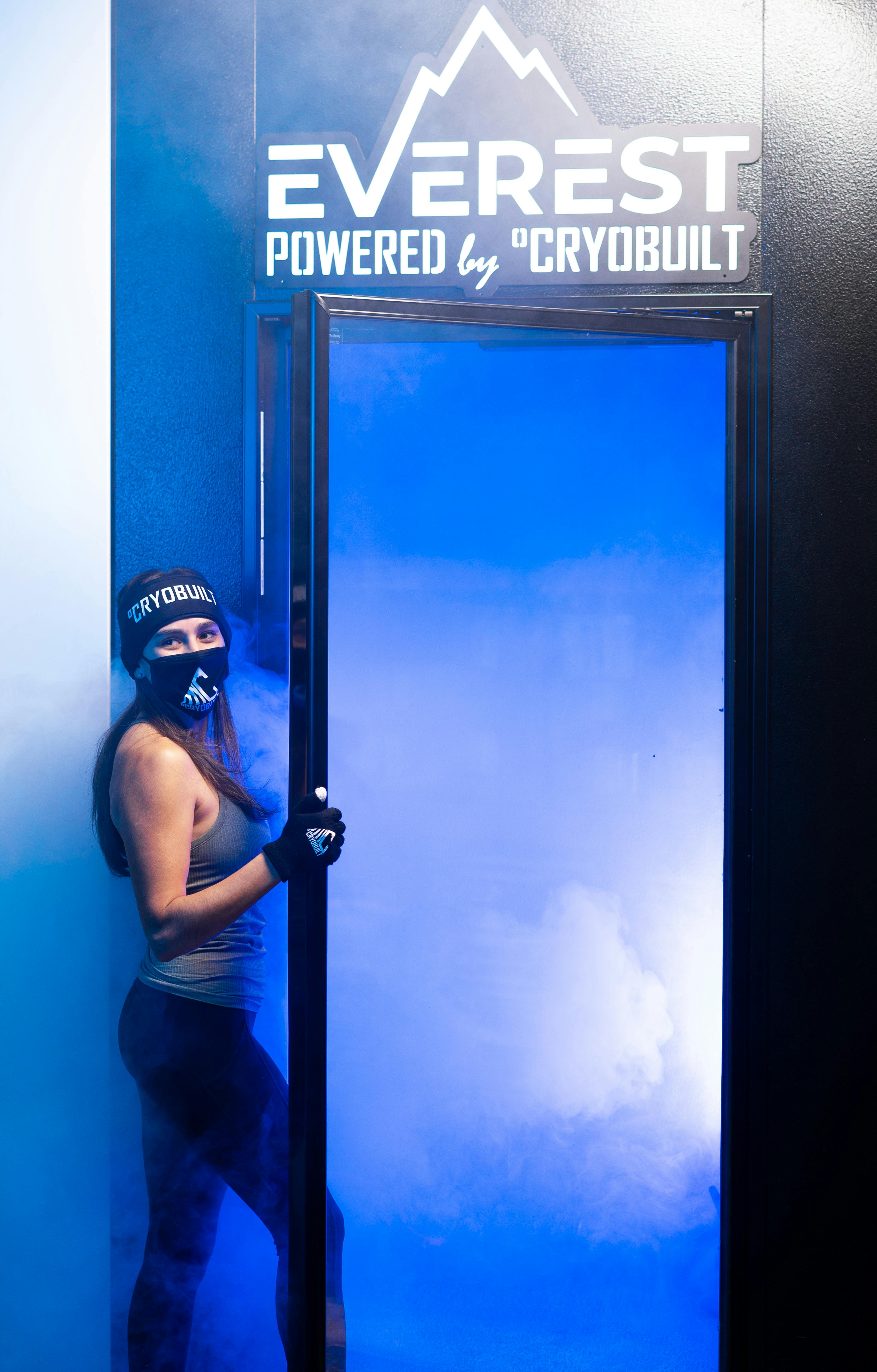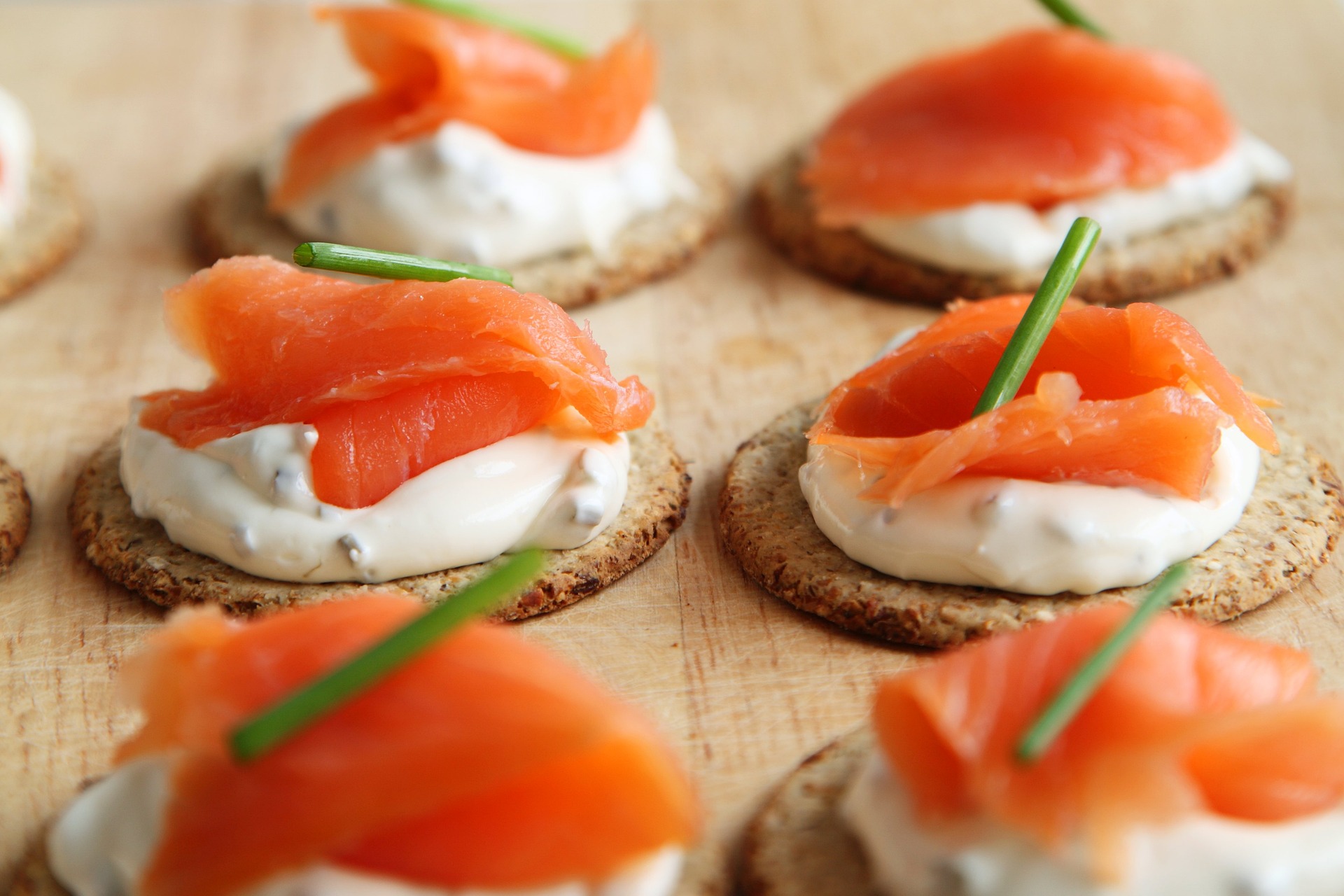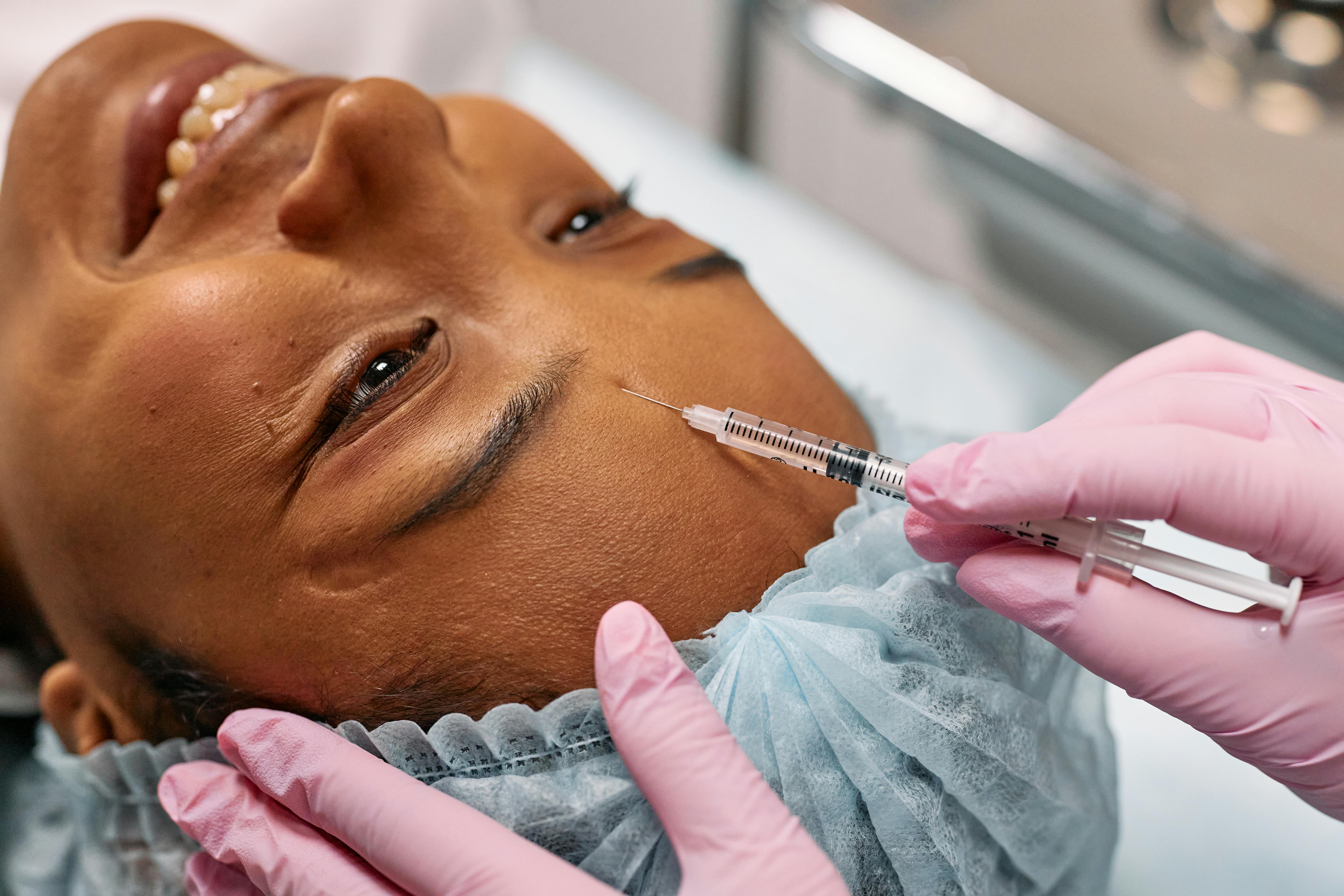The Unveiling of Cryotherapy: A Cool Approach to Wellness
Have you ever thought about the health potential of extreme cold? Cryotherapy, the use of low temperatures for healing, is a wellness trend that's been gaining traction in recent years. Let's dive into the frosty world of cryotherapy to understand its origins, current research, and potential benefits and challenges.

A Chill in the Air: The Background of Cryotherapy
As early as 2500 BC, Egyptians used cold therapy to treat injuries and inflammation. Fast forward to 1845, when American surgeon James Arnott began using localized cold treatments for headaches and nerve-related conditions. However, modern cryotherapy as we know it began in 1978 with the work of Japanese rheumatologist Dr. Toshima Yamaguchi. He discovered that rapid, short-term exposure to extreme cold could significantly reduce pain and inflammation.
Striding into the Cold: Current Health Trends and Research
Today, cryotherapy is a popular wellness trend, with athletes and celebrities endorsing its benefits. Whole-body cryotherapy (WBC), which involves standing in a chamber of -200°F to -300°F for two to four minutes, is particularly popular.
Research on cryotherapy is ongoing, with some studies indicating potential benefits. A 2017 review in the Cochrane Database of Systematic Reviews found that WBC could help reduce muscle soreness after exercise. Another study published in the Archives of Physical Medicine and Rehabilitation in 2016 suggested that cryotherapy might aid in the recovery of muscle strength after injury.
The Big Freeze: Benefits and Challenges of Cryotherapy
Cryotherapy proponents claim it can aid in recovery after strenuous exercise, reduce inflammation, improve skin tone, and boost mood and energy levels. It’s also touted as a method for weight loss, as the body burns calories to stay warm.
However, it’s important to note that while these benefits sound promising, more rigorous scientific research is needed to definitively prove them. Moreover, cryotherapy may not be suitable for everyone. Those with certain health conditions, such as heart disease or Raynaud’s disease, should avoid it. It’s essential to consult with a healthcare professional before trying cryotherapy.
Cryotherapy: Proven by Science or Just Cold Comfort?
While there’s some scientific evidence to support cryotherapy’s benefits, many claims are yet to be thoroughly investigated. Therefore, it’s best to approach this wellness trend with a healthy dose of skepticism and a commitment to personal safety.
A Frosty Fact File
- The term ‘Cryotherapy’ originates from the Greek ‘cryo’ meaning cold, and ‘therapy’ meaning cure.
- WBC chambers can reach temperatures as low as -300°F.
- Some people report a euphoric feeling after a cryotherapy session, possibly due to the release of endorphins.
- Cryotherapy should always be carried out under the supervision of a trained professional.
In closing, while cryotherapy presents an intriguing approach to wellness, it’s important to remember that the coolest health strategy is always one that’s balanced, personalized, and grounded in solid scientific evidence. As research continues, we’ll gain a clearer understanding of cryotherapy’s place in the wellness toolkit. Until then, it’s wise to approach this frosty trend with both curiosity and caution.




